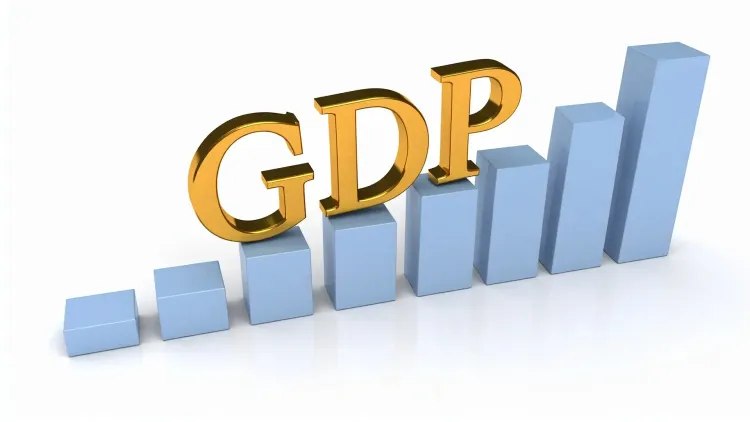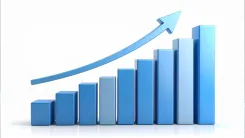Is India's GDP Set to Grow by 6.5% This Fiscal Year?

Synopsis
Key Takeaways
- India's economy expected to grow by 6.5% this fiscal year.
- Strong domestic demand and tax cuts are key drivers.
- Real GDP expanded 7.8% in the April–June quarter.
- Potential trade deal with the US may boost growth.
- GST rates on essential items reduced to strengthen consumption.
New Delhi, Nov 24 (NationPress) India's economy is projected to expand by 6.5 percent during the ongoing financial year, primarily fueled by robust domestic demand, recent tax adjustments, and a more accommodating monetary policy, according to a report released on Monday.
The analysis from S&P Global Ratings further anticipates growth to increase to 6.7 percent in the subsequent fiscal year, with the outlook risks remaining relatively balanced.
India's growth trajectory has shown resilience, with the real GDP rising by 7.8 percent in the April to June quarter of FY26, marking the fastest growth rate in five quarters, the report indicated.
The government is scheduled to announce the GDP figures for the July to September quarter on November 28.
In its recent Economic Outlook for the Asia-Pacific area, S&P Global emphasized that domestic demand continues to underpin growth, despite the repercussions of US tariffs on Indian exports.
The ratings agency characterized the growth outlook as balanced, devoid of significant downside risks for the time being.
The Reserve Bank of India has estimated GDP growth to be 6.8 percent for the current fiscal year, marginally above last year's expansion of 6.5 percent.
S&P noted that a possible trade agreement between India and the US could bolster investor confidence and benefit labor-intensive sectors.
The report underscored that recent reductions in GST rates, income tax relief, and decreased interest rates will favor the middle class and enhance consumption levels.
The Union Budget for 2025–26 raised the income tax rebate limit from Rs 7 lakh to Rs 12 lakh, resulting in Rs 1 lakh crore in tax savings for middle-income families.
Additionally, the RBI lowered its benchmark policy rate by 50 basis points in June to 5.5 percent, the lowest in three years.
GST rates on approximately 375 essential and widely used products were also reduced in September.
“Growth in the Asia-Pacific should largely remain stable in 2026, although the potential for additional policy interest rate cuts is limited,” commented Louis Kuijs, chief economist at S&P Global Ratings for the Asia-Pacific region.
“We foresee increasing trade barriers and industrial policies to have a negative impact on trade, investment, and growth in the coming years,” Kuijs added.









